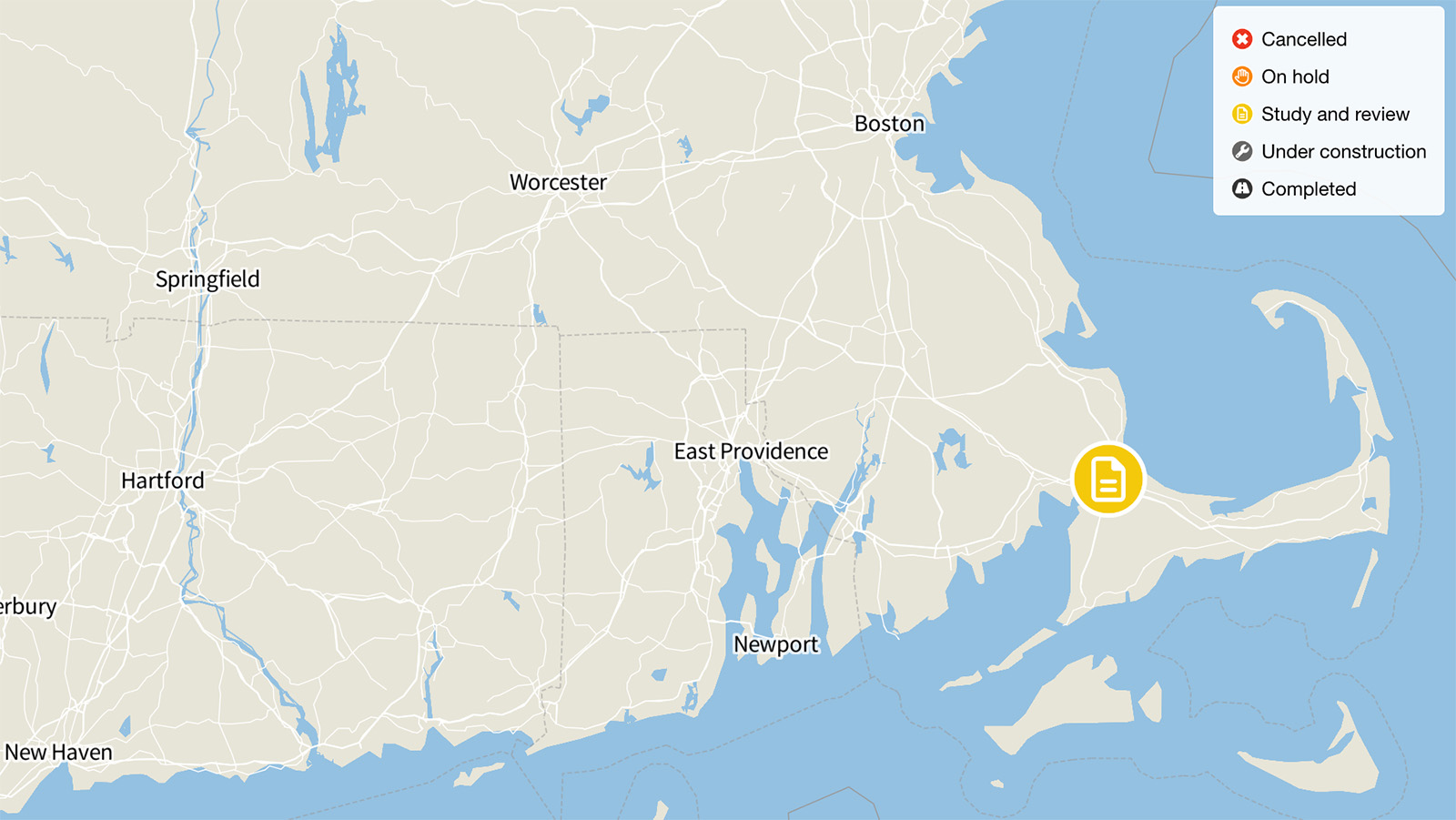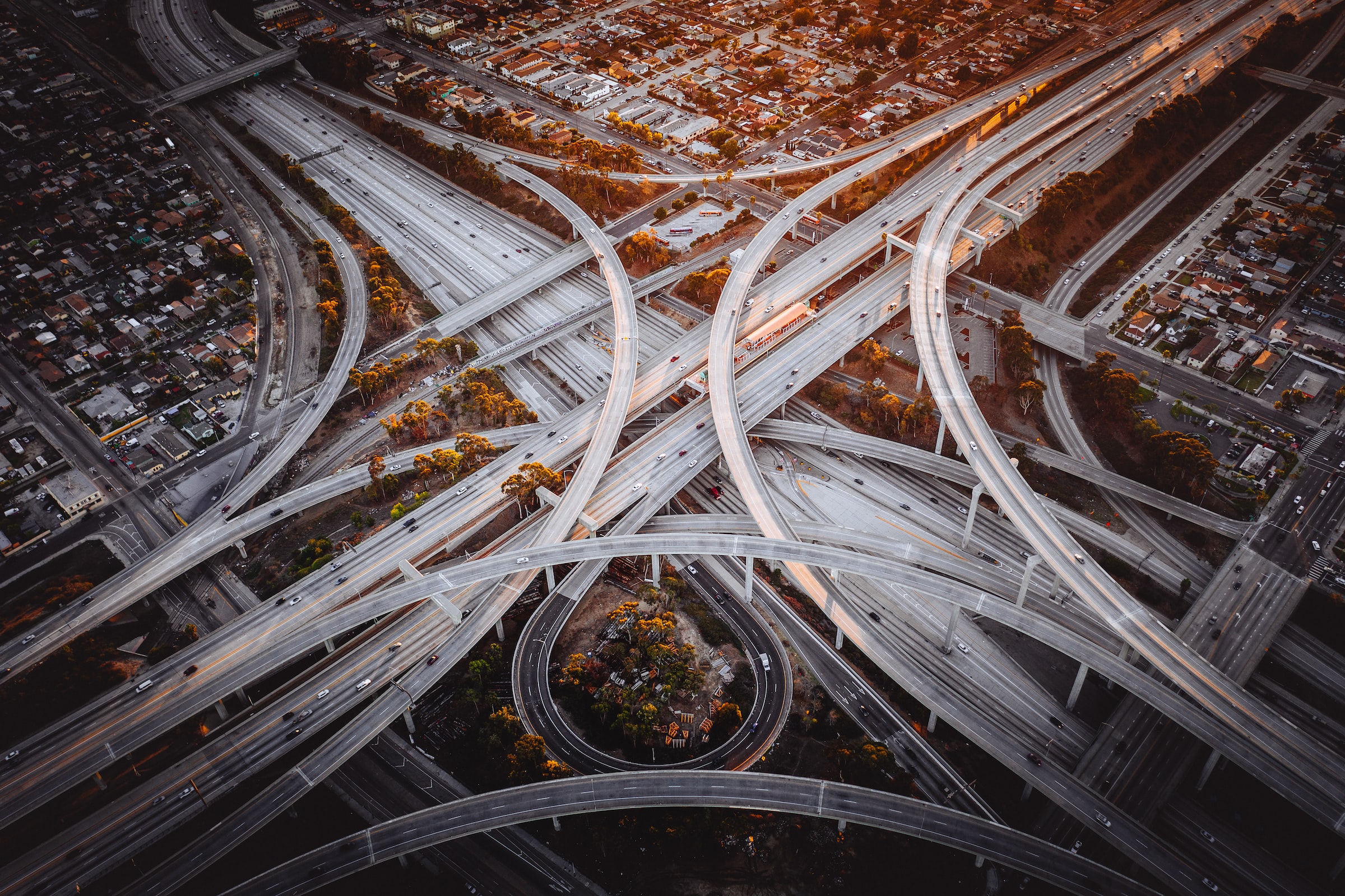
Interstate 81, Virginia
Virginia’s I-81 corridor runs through the Shenandoah Valley and primarily rural areas in the western part of the state. Aiming to increase freight capacity and improve safety, Virginia is moving forward with a plan to widen and rebuild sections of the highway. A recently adopted, $2.2 billion “I-81 Corridor Improvement Plan” consists of 63 individual projects including lane additions, shoulder widenings, and curve improvements, along with operational improvements and some funding set aside for rail and transit enhancements.
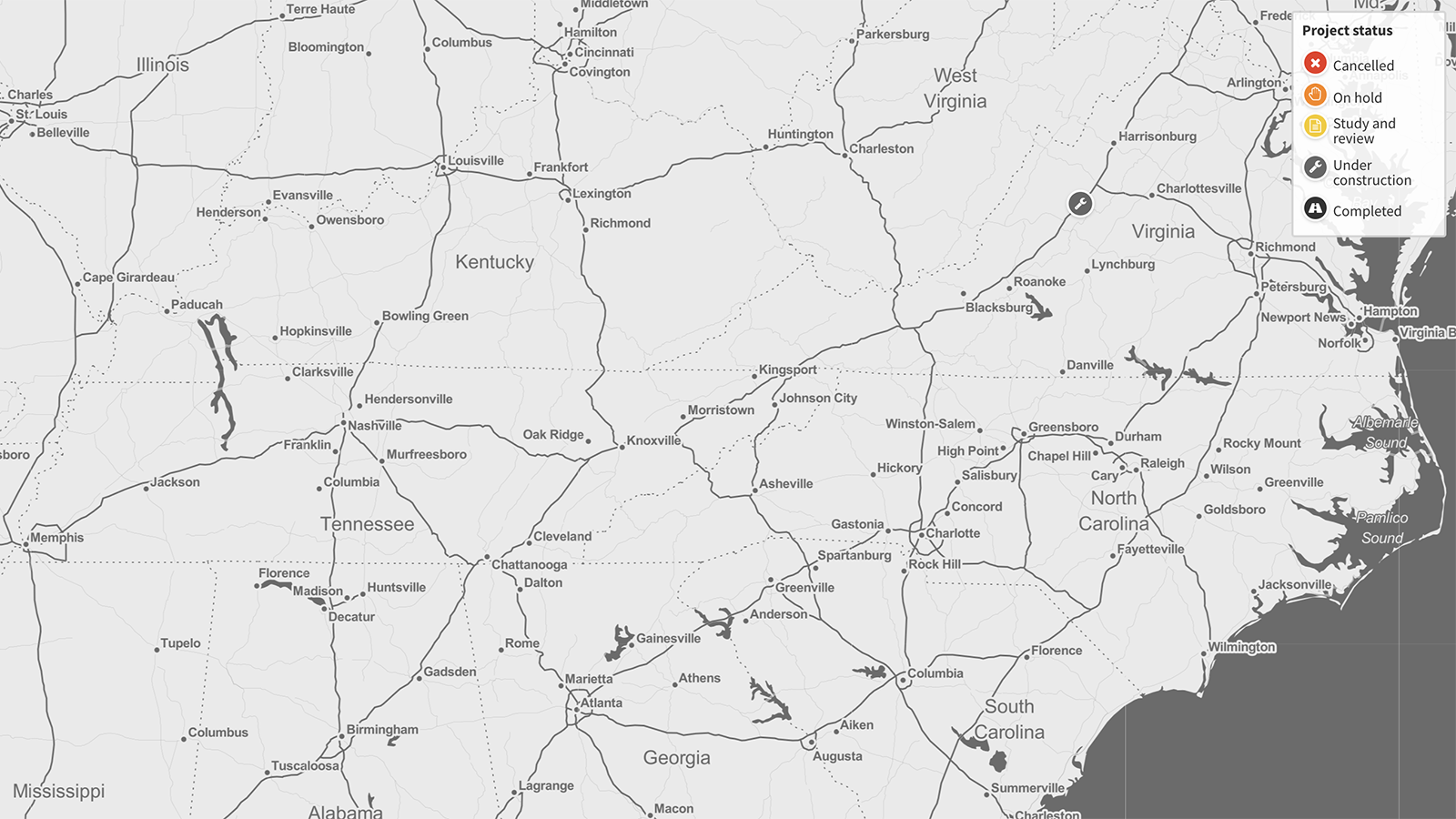
Status: Under construction
Originally reported cost: $2.2 billion
Update for current status:
As of September 2023, the Interstate 81 “Corridor Improvement Plan” project was under construction.
Original story from Highway Boondoggles 5:
Virginia’s I-81 corridor runs through the Shenandoah Valley and primarily rural areas in the western part of the state. Aiming to increase freight capacity and improve safety, Virginia is moving forward with a plan to widen and rebuild sections of the highway. A recently adopted, $2.2 billion “I-81 Corridor Improvement Plan” consists of 63 individual projects including lane additions, shoulder widenings, and curve improvements, along with operational improvements and some funding set aside for rail and transit enhancements.
Officials have pointed to safety problems as a key reason for the need to expand the highway, which are largely the result of heavy truck volumes. Yet in 2010, state officials raised speed limits to 70 mph along much of I-81 – a move that likely exacerbated the corridor’s safety issues. According to one national study, rising speed limits were responsible for nearly 37,000 deaths in the U.S. from 1993 to 2017.
State officials have noted that the bulk of congestion problems in the corridor are “non-recurring” – resulting from crashes and construction incidents that vary in location, as well as long-distance travel on holidays. As a result, simply expanding the highway will not solve the corridor’s problems. The Corridor Improvement Plan does include operational improvements that could substantially improve safety and traffic conditions in the corridor for less than 10 percent of the cost of the total plan. Identified solutions include better speed enforcement, new traffic cameras, changeable message signs, expanded safety service patrols, and more emergency clearance services. According to state documents, 70 percent of people polled at public meetings related to the project supported additional speed enforcement.
Better options also exist for increasing freight capacity, including improved freight rail service. The state is already investigating increasing capacity of the freight rail route that runs parallel to I-81, building off of the significant environmental and economic benefits that have resulted from its previous investments in freight rail in the I-81 corridor. Among other things, the state has noted that these investments have “helped to reduce emissions and costs that stem from accidents, congestion, and pavement maintenance,” and that through “benefit cost analysis, the Virginia Department of Rail and Public Transportation calculated an annual economic benefit [of the rail investment] to Virginia of $1.2 billion, saving nearly $34 million in annual pavement maintenance costs” by reducing vehicle travel.
The I-81 widening project will also impose societal and environmental costs, including impacts on historic civil war landscapes, increased air and water pollution, and if the highway is tolled, impacts on communities that would experience new truck traffic from trucks avoiding tolls.
Find out more
Topics
Find Out More

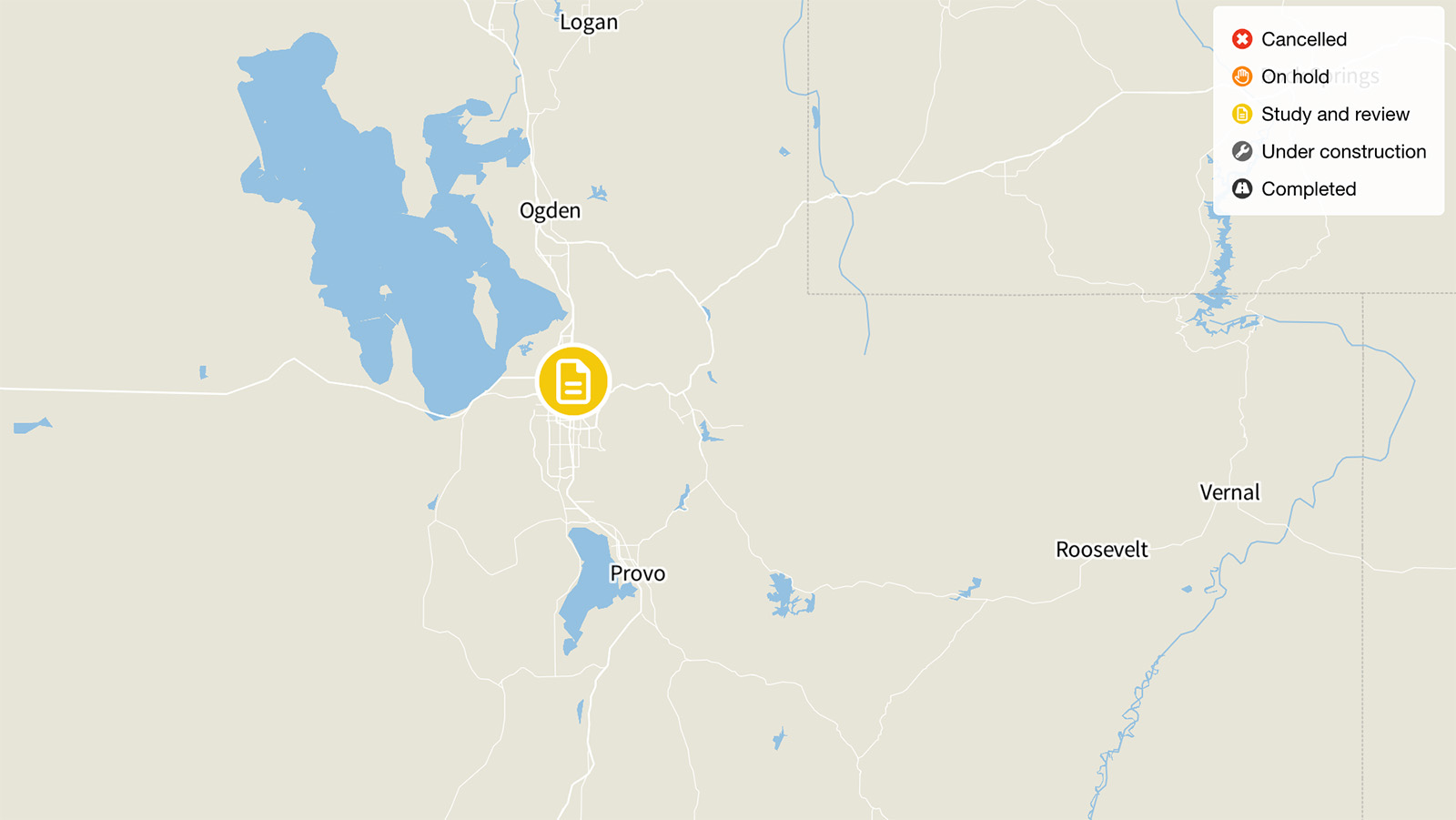
I-15 Expansion, Salt Lake City
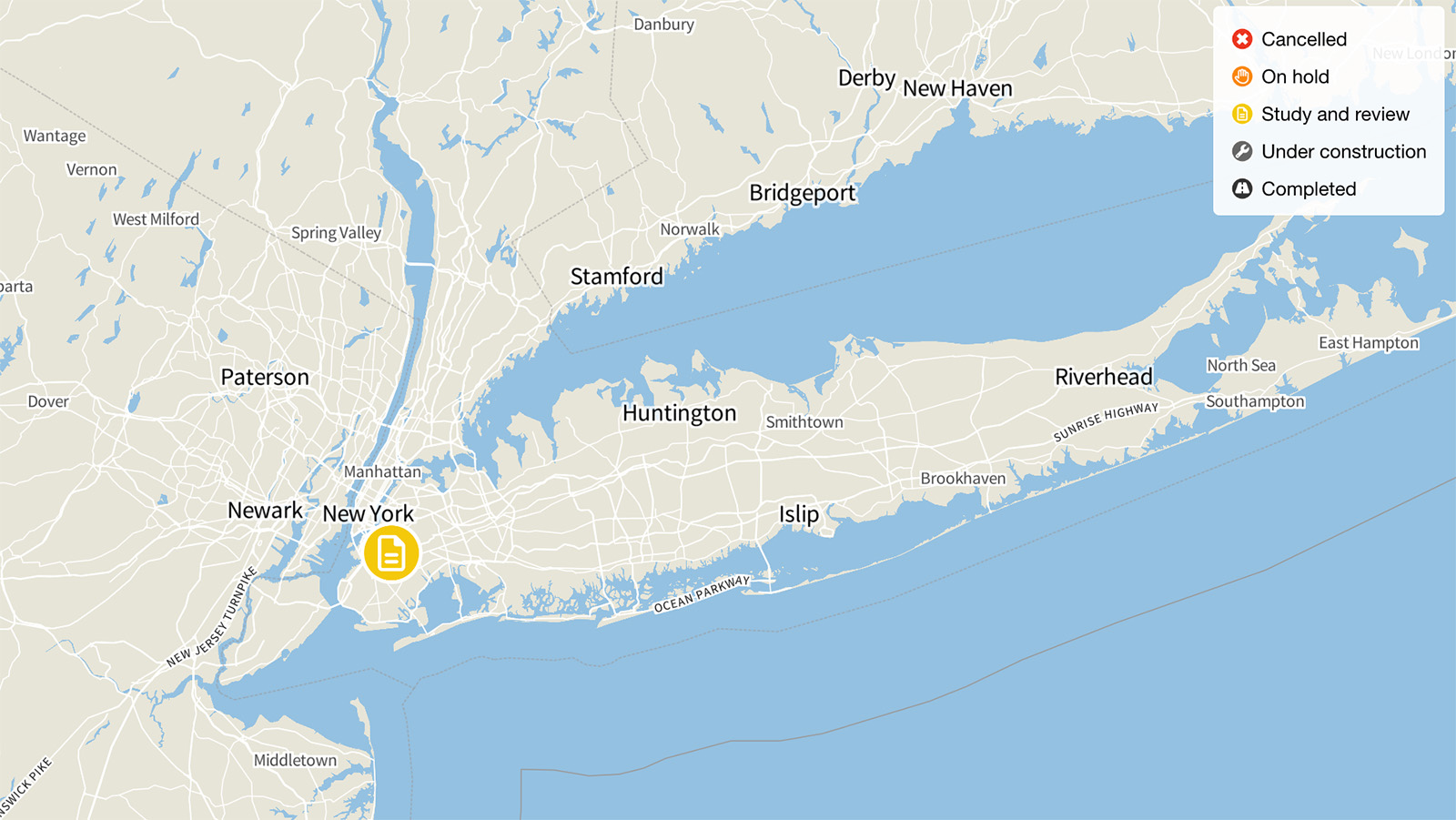
The Brooklyn-Queens Expressway, New York
